Fighting Back: Steps to Overturn a Wrongful Conviction
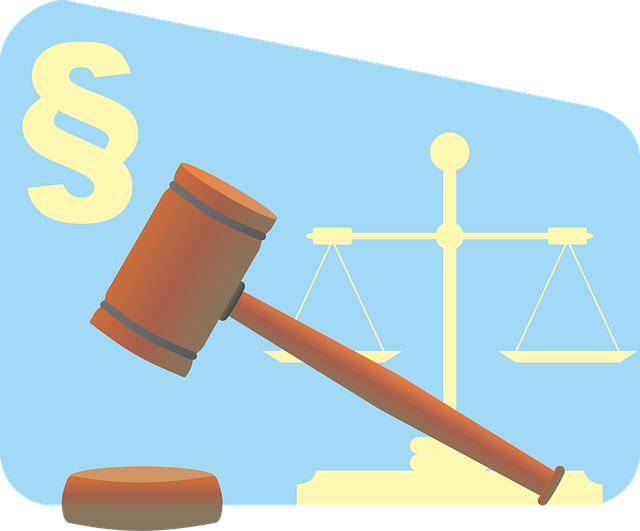
Whistleblower Protection Laws safeguard individuals exposing organizational misconduct from retaliat…….
In the pursuit of justice, the process of overturning a wrongful conviction is a critical and intricate procedure that demands meticulous attention to detail. This article delves into the multifaceted steps required to rectify such a significant error in the legal system, offering insights into a complex yet essential aspect of criminal law. By exploring various dimensions, from legal strategies to technological innovations, we aim to provide a comprehensive understanding of how to overturn unjust decisions and ensure fairness for those affected.
Definition: “Steps to Overturn a Wrongful Conviction” refers to the series of legal procedures and strategies employed to challenge and nullify a criminal conviction that was secured through unlawful means or based on incorrect evidence. This process is designed to exonerate individuals wrongly accused and hold the responsible parties accountable.
Core Components:
Legal Review: Examining the case files, trial transcripts, and legal arguments presented during the original trial for any violations of due process, constitutional rights, or errors in judgment.
Evidence Analysis: Re-evaluating the evidence used to convict, including witness testimonies, physical evidence, and forensic reports, to identify inconsistencies or potential manipulation.
Post-Conviction Petitions: Filing legal documents, such as petitions for post-conviction relief or habeas corpus, in the appropriate court to request a review of the conviction based on newly discovered evidence or legal errors.
Expert Testimonies: Engaging legal experts, forensic scientists, or investigators who can provide new insights or challenge the validity of evidence presented during the trial.
Public Advocacy: Raising awareness through legal aid organizations and media campaigns to garner public support and pressure for a fair review.
Historical Context: The concept of overturning wrongful convictions has evolved over centuries, shaped by advancements in forensic science, changes in criminal justice policies, and public movements for fairness. Historically, many cases were overturned due to the discovery of new evidence or through appeals based on legal technicalities. However, modern approaches involve a more holistic analysis, considering procedural errors, witness reliability, and the overall integrity of the legal process.
“Steps to Overturn a Wrongful Conviction” have had a profound impact worldwide, with many countries adopting similar strategies to address miscarles of justice. The global trend reflects a growing emphasis on accountability within the criminal justice system and a commitment to upholding human rights.
Key Global Trends:
Increased Access to Legal Aid: Many nations are expanding legal aid programs, ensuring that individuals from diverse socio-economic backgrounds can access representation during appeals processes.
Forensic Science Advancements: International collaborations and research initiatives drive the development of more accurate forensic techniques, enhancing the reliability of evidence in convictions.
Regional Variations: Different regions have distinct approaches, with some prioritizing rapid review processes while others focus on thorough investigations, influenced by cultural norms and legal traditions.
Regional Analysis:
North America: The United States has seen significant developments in DNA evidence and post-conviction remedies, leading to numerous exonerations. Canada’s system emphasizes a balanced approach, ensuring due process while exploring avenues for review.
Europe: European countries have established robust legal frameworks for challenging convictions, often featuring specialized courts and strict protocols for evidence evaluation.
Asia: Asian nations are witnessing growing awareness of fair trials, with some implementing mandatory reviews and improving access to legal representation.
The economic implications of overturning wrongful convictions are multifaceted, affecting both individuals and society at large.
Market Dynamics:
Legal Services: Increased demand for legal services during appeals processes can stimulate the industry, creating opportunities for specialized firms.
Forensic Science Companies: Advancements in forensic technology often require investment, leading to market growth and innovation.
Investment Patterns: Private investors and legal aid organizations direct funds towards initiatives that support post-conviction reviews, particularly in regions with limited resources.
Economic Impact: Exonerations can result in significant financial compensation for wrongfully convicted individuals, reflecting the cost of maintaining an unfair system. However, successful overturning of convictions also reduces long-term societal costs associated with incarceration.
Technology plays a pivotal role in modernizing the process of overturning wrongful convictions.
Key Advancements:
Digital Forensics: Advanced digital forensics techniques enable investigators to analyze electronic evidence more effectively, enhancing accuracy and identifying potential manipulation.
Data Analysis Software: Specialized software can process vast amounts of data, including trial records and witness statements, to uncover patterns or inconsistencies that may have been previously overlooked.
AI-Assisted Review: Artificial Intelligence (AI) algorithms are being developed to assist in legal research, case prediction, and evidence analysis, potentially increasing efficiency and accuracy.
Impact and Future Potential:
Comprehensive policies and regulations are vital for establishing fair and consistent practices in overturning wrongful convictions.
Key Policies:
Habeas Corpus Laws: These laws provide a legal mechanism to challenge detention, allowing individuals to seek review of their conviction and potential exoneration.
Post-Conviction Review Act: Various jurisdictions have enacted specific legislation enabling the re-examination of convictions based on new evidence or legal errors.
Ethical Guidelines for Investigators: Policies mandating ethical conduct during investigations ensure the integrity of evidence collection and handling.
Influential Legislative Frameworks:
The U.S. Criminal Justice Reform Act: This act includes provisions for improving access to legal counsel and establishing time limits for post-conviction reviews.
European Convention on Human Rights (ECHR): The ECHR guarantees the right to a fair trial, influencing regional policies on conviction review procedures.
Despite significant progress, “Steps to Overturn a Wrongful Conviction” face several challenges and criticisms that require careful consideration.
Main Challenges:
Backlogs and Delays: Legal systems often struggle with substantial backlogs of cases awaiting review, leading to prolonged uncertainty for individuals involved.
Resource Limitations: Inadequate funding and staffing can hinder the effectiveness of legal aid organizations and government agencies responsible for reviews.
Evidence Interpretation: Interpreting complex evidence, especially in cases involving new technologies or controversial subjects, remains a challenge.
Proposed Solutions:
In 2016, Gary Dotson was exonerated after serving over a decade for a rape he did not commit. This case highlights the power of persistent legal advocacy and advanced DNA testing. The Innocence Project, a non-profit organization, took on Dotson’s case, using new DNA evidence to prove his innocence. This success story underscores the importance of specialized legal aid and scientific advancements in overturning convictions.
Ronald Cotton spent nearly seven years in prison for a rape he did not commit before being exonerated through DNA evidence. His case led to significant changes in North Carolina’s criminal justice system, including the establishment of a commission to review and reform post-conviction procedures. This transformation resulted in faster reviews and improved access to legal representation.
Masud Ahmed, a British citizen, was wrongfully convicted in the United States for a murder he did not commit. His case involved an international collaboration between U.S. and UK legal teams who successfully challenged the conviction using new evidence and witness recantations. This example illustrates the potential for global cooperation to address miscarles of justice.
The landscape of “Steps to Overturn a Wrongful Conviction” is continually evolving, shaped by technological innovations and societal demands for fairness.
Potential Growth Areas:
AI-Assisted Legal Research: Advanced AI tools will likely play a more significant role in legal research, providing efficient case analysis and evidence evaluation.
Genetic Testing and DNA Analysis: As genetic testing becomes more accessible and affordable, it will be increasingly used to exonerate individuals and identify the true perpetrators.
Emerging Trends:
Real-Time Evidence Verification: Technologies enabling real-time verification of evidence during trials may reduce errors and ensure the integrity of legal proceedings.
Public-Private Partnerships: Collaborations between governments and private organizations can leverage resources and expertise to enhance conviction review processes.
The journey towards overturning wrongful convictions is a complex and ongoing process, demanding continuous evolution and adaptation. As we have explored, this field involves intricate legal strategies, technological innovations, and policy reforms. By addressing the challenges and learning from successful cases, it is possible to create a more just and fair criminal justice system.
The global impact of these steps underscores the shared responsibility of nations to uphold human rights and ensure that no individual suffers unjustly due to systemic failures or procedural errors. As technology advances and legal frameworks evolve, the potential for exonerations and a more equitable society becomes increasingly attainable.
Q: How long does it typically take to overturn a wrongful conviction?
A: The duration varies significantly depending on the complexity of the case, available evidence, and legal systems involved. Simple cases may take months, while complex ones could span several years.
Q: Can anyone challenge a wrongful conviction?
A: Yes, individuals who have been wrongfully convicted or their representatives can initiate the process through legal channels, typically starting with petitions for post-conviction relief.
Q: What role does forensic science play in overturning convictions?
A: Forensic science is crucial, providing objective evidence that can corroborate or refute testimonies. Advances in this field have led to numerous exonerations by identifying false positives or manipulating evidence.
Q: How can I find legal aid for a wrongful conviction appeal?
A: Contact local legal aid organizations, criminal defense bars, or pro bono clinics offering free or low-cost legal services. Many countries also provide government-funded programs for indigent individuals.
Q: Are there any notable examples of successful exonerations in my country?
A: Research organizations like The Innocence Project or national bar associations often maintain databases of exonerations, providing insights into successful cases and potential areas for reform within your jurisdiction.

Whistleblower Protection Laws safeguard individuals exposing organizational misconduct from retaliat…….

Litigation risk arises from minor errors that can lead to costly legal battles. To overturn wrongful…….

C-Level Investigations champion justice by overturning wrongful convictions through meticulous steps…….
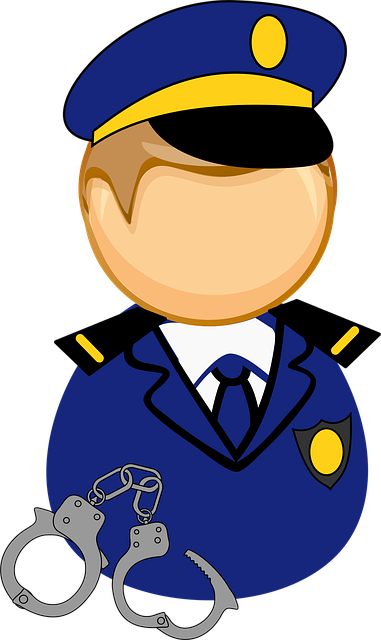
Overturning a wrongful conviction involves navigating complex legal procedures and strategic challen…….

Litigation Support Services play a crucial role in overturning wrongful convictions by providing exp…….
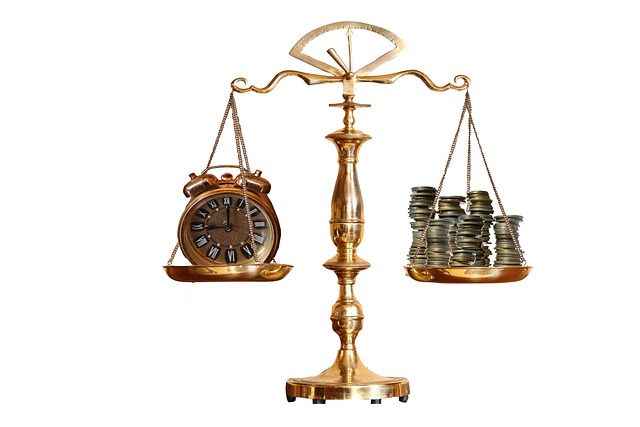
Whistleblower Protection Laws (WPL) safeguard individuals reporting illegal activities from retaliat…….
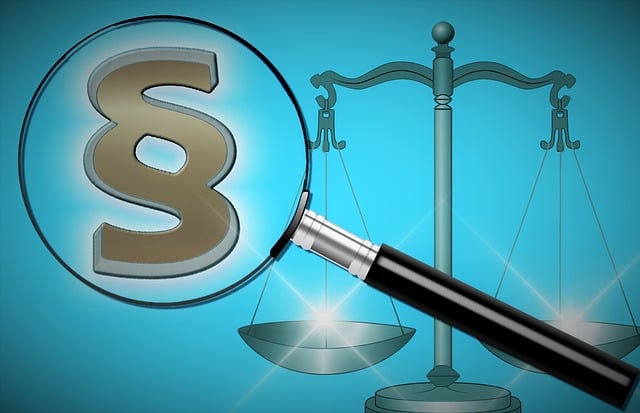
Antitrust laws protect fair competition, consumers, and innovation. Overturning wrongful antitrust c…….

Public corruption charges carry severe legal consequences, requiring skilled attorneys to navigate c…….
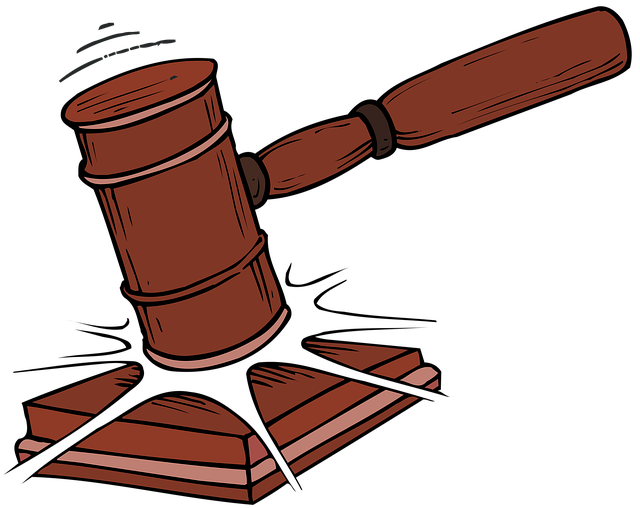
Whistleblower Protection Laws (WPLs) are essential for protecting individuals who expose illegal or…….
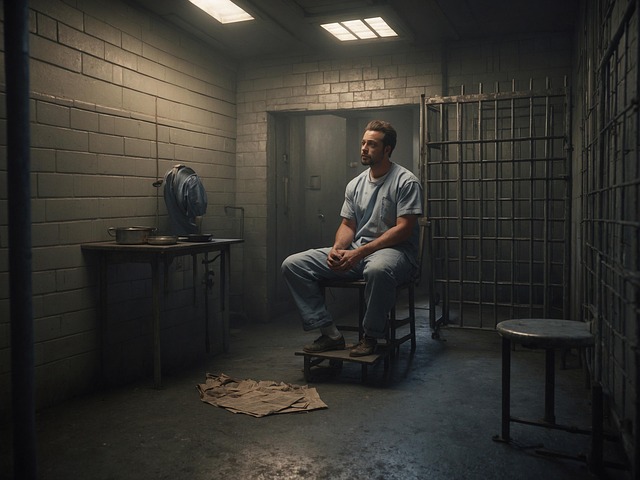
Fraudulent financial practices pose significant risks, requiring specialized knowledge to protect ag…….